#sacred places
Explore tagged Tumblr posts
Text

#lizzy grant#lana del rey#the virgin suicides#girlblogging#girlrotting#this is what makes us girls#girl interrupted#dream girl#maniac pixie dream girl#lana del ray aka lizzy grant#female hysteria#dollyswan#esoteric#waifspo#live fast die young#blessed with beauty and rage#alida simone#sacred places#girlblogger#angelcore#trailer park princess#lux lisbon#valley of the dolls#china doll#alana champion
570 notes
·
View notes
Text

The Newest Addition to ‘The Library of Esoterica’ Explores Sacred Sites Around the World
360 notes
·
View notes
Text
On Types Of Spirits And The Genius Loci
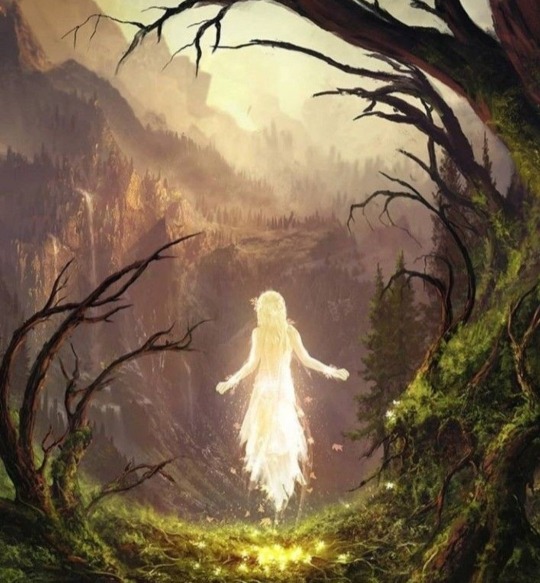
Working with diverse spirits, particularly genius loci, enriches a witch's practice in profound ways. These spirits, the guardians of places, offer unique insights and power. By connecting with them, witches gain a deeper understanding of the land, its history, and the energies that flow within it. This connection enhances spellwork, divination, and healing practices, allowing for more potent and tailored magick. Moreover, forging relationships with genius loci fosters a sense of belonging and responsibility towards the natural world, strengthening the witch's connection to the earth and its cycles.
Spirits Exist in Many Forms
Most are aware one form of spirit is that of the deceased; both human and animal. Regarding human spirits, those a witch may work with are divided into three main groups. Most common are the Beloved Dead and Mighty Dead. The Beloved Dead are those connected to the practitioner through blood and family ties. They are biological and familial ancestors, remnants of the past that live on through the witch. The Mighty Dead include spiritual ancestors, practitioners of the past, and even major figures (ie: Crowley, Merlin, John Dee, Gardner, Dukante, etc). These spirits can be approached for communication and aid. The final group is that of the Dark Dead, or shades, which are mainly approached by necromancers for baneful purposes. These spirits can carry negative energy, act violently, and pose other risks, so the utmost caution is recommended in regards to them.
The spirits of deceased animals are another type of spirit commonly worked with. They can be approached in either an archetypal form (ie: coyote is a trickster, crow/raven is a spiritual messenger, turtles are psychopomps) or as the spirit of a specific dead animal such as a deceased pet, or a dead animal found on the road, in the woods, etc. Working and communicating with animal spirits is surprisingly, as many things within witchcraft are once you learn to navigate and move the energies involved. It can be a very rewarding and worthy addition to any witch's practice.

While some higher spirits have lived human livea, the majority of spirits have never been corporeal, that is, they've never existed in a physical body or a physical plane. They are purely energetic, some existing primarily in the Otherworld, yet interacting with (and within) the physical plane, while others float about between the worlds, existing comfortably in both. These spirits are more complicated and diverse, existing in as many patterns and forms as physical creatures do. There are some that are unable to really communicate, existing more mechanically with one purpose, similar to created spirits (ie: thoughtforms, servitors, egregores, etc.) only existing naturally. Some of these are regularly encountered, though they are more of an annoyance than anything, as they are often parasitic, feeding off specific energies. However, they can be gotten rid of and kept away through warding and other methods.
There are spirits that bare a remarkable similarity to us, though they may not be humanoid in the slightest. They are fully sentient, intelligent, and have their own agendas, although some do take interest in humans, and may help or harm us based on their morality. Just as with humans, they are generally more willing to help if the interaction benefits them in some way, and some are just, well, complete assholes.
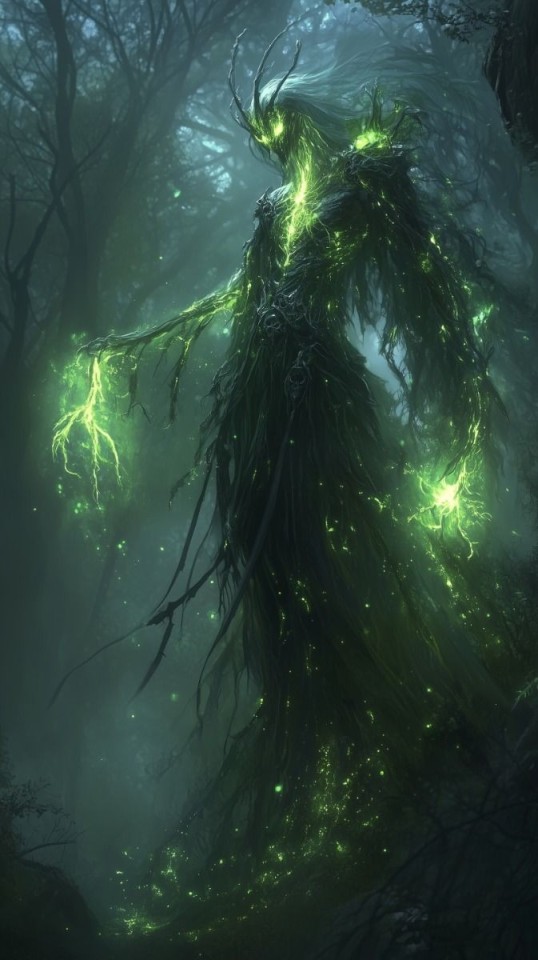
The Overlooked Spirits
But the spirits that are worked with most by witches are the ones whose status of 'spirit' is often overlooked. The most obvious is the case of deities. Gods and goddesses are approached with a high degree of sincerity and respect, as they and all spirits should be, but this doesn't change the fact that, on the spectrum of entities, they are just another type of spirit with great complexity and power behind them. It helps to consider that many deities were originally genius loci, that is, local spirits of a place that were important to the people who lived in that area. As that spirit proved helpful to people, people responded with more praise and offerings, strengthening the spirit. This made them not only more likely to help, but better able to. As time passed, this spirit would gain more power and reach as people interacted with each other, sharing the knowledge and experience of this spirit. No culture exists within a vacuum and mutual sharing across cultures was and is commonplace. Gods were shared, various gods would grow in power while others were subsumed in the worship of another god, strengthening that god further.
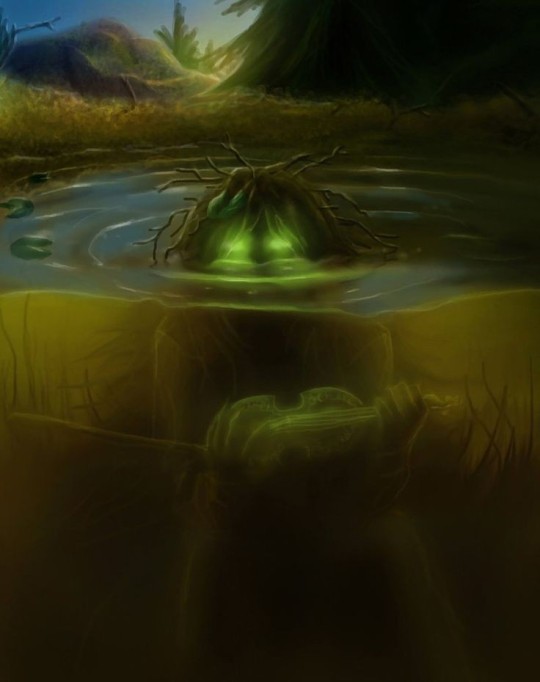
The spirits of plants are a very common, yet often unsung, part of witchcraft. Plants are worked with similarly to animals in that they are approached archtypally (ie: rosemary is protection, mugwort is dream work, saffron is success, etc.) or individually as in your personal flower garden or the big tree in your yard. However, plant spirits tend to be more impermanent than animal spirits. A plant can be approached, beseeched, you can take a bit for a working, but the essence of the plant's spirit will be gone once it is used. With animals the spirit can easily exist tied to its bones for years.
The elements (elementals) are another type of spirit often overlooked, although they are very prominent in modern witchcraft. They tend to be archetypal in nature, though individual elemental spirits definitely exist. They are easily approached and worked with as they are primarily neutral in nature.
The Genius Loci or Local Spirits
As previously mentioned, some spirits inhabit a certain location, sometimes tied to a natural feature such as a river, mountain, rock formation, spring, cave, forest, etc. These spirits are the genius loci, or genii locus, the spirits of a particular place. There are really no rules to what local spirits can be tied to, sometimes it's just the general area. These spirits may manifest, allowing people to witness them, however, they usually spend their time in a pure, energetic form, invisible to the naked eye, though not necessarily undetectable to a knowledgeable practitioner.
There are numerous reports within folklore from around the world of these such spirits, with the Fae, or Fair Folk, being the most commonly acknowledged, though not the only type. These spirits are unsurprisingly, very protective of where they live and can be standoffish and difficult to work with initially. They can also be hostile, especially in areas that have been damaged by humans (ie: deforestation, development, littering, vandalism, etc.) However, as a witch or a spirit-worker, it only makes sense to approach the resident spirits where we live. They are our neighbors, sharing our home with us, with mutual interest in preserving that place. Once a relationship is established that spirit could prove to be quite beneficial. Local spirits know the area in which they live better than any living creature ever could. They can help you find particular plants, stones, lost objects, or naturally occurring gateways to the Otherworld. The genius loci can truly become allies and friends.
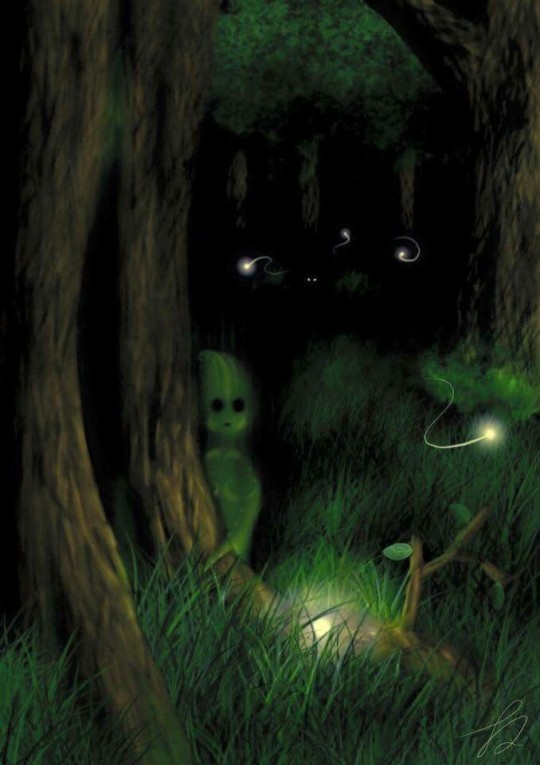
Tips for Working with the Genius Loci
• Actually spend time outside in your local area. This will allow spirits to become comfortable with your presence.
• Eat meals outside and 'share' by leaving offerings to the spirits.
• Clean up litter and garbage to earn trust.
• Listen to them, and remember they speak through more than words.
• Always be respectful, considerate, and kind.
• Perform witchcraft outdoors.
• Learn the local folklore. Visit nearby sacred or haunted places.
There is much more than what can be said about working with the genius loci, but the best way to learn about and interact with them is to just make an attempt. They are a generally east class of spirit to honor and work with. Regardless of where you are, they are there too. Take care.
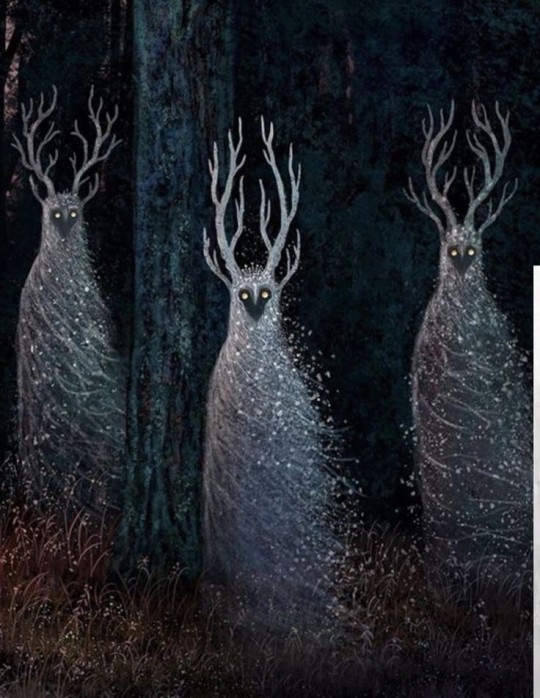
#witch#spirit work#necromancy#magick#witchcraft#genius loci#paganism#eclectic#witchblr#witch community#ghosts#haunted#sacred places#spell work#spellwork#lefthandpath#wicca#pagan
39 notes
·
View notes
Text
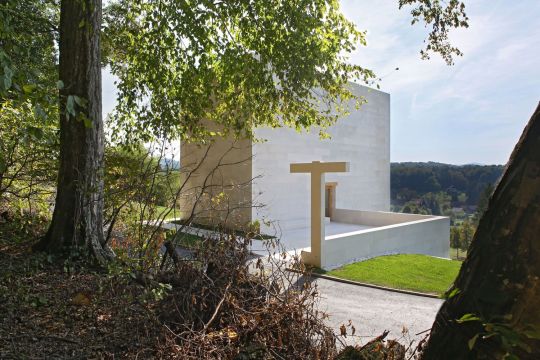
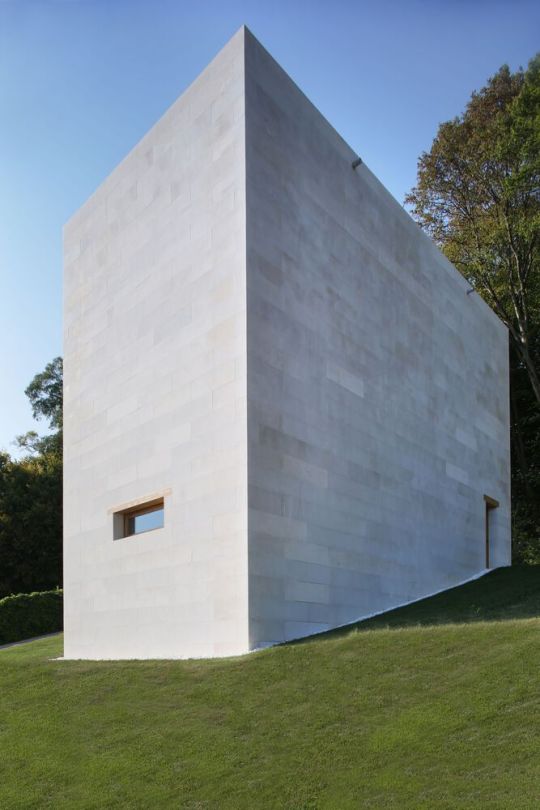
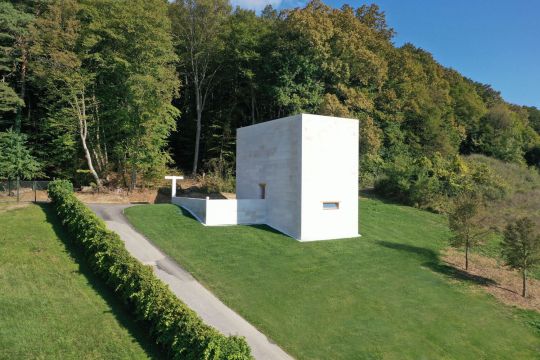
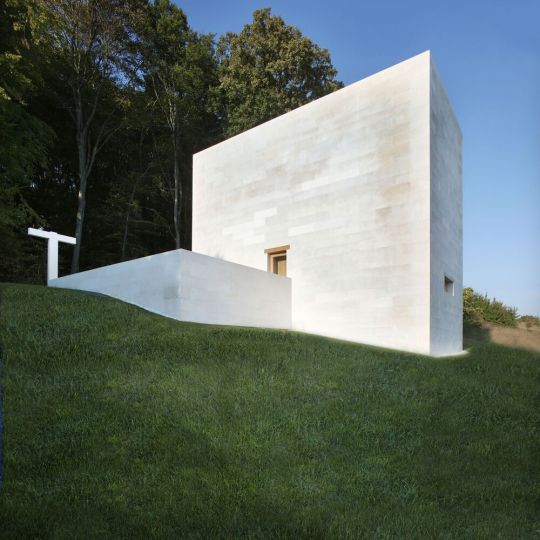


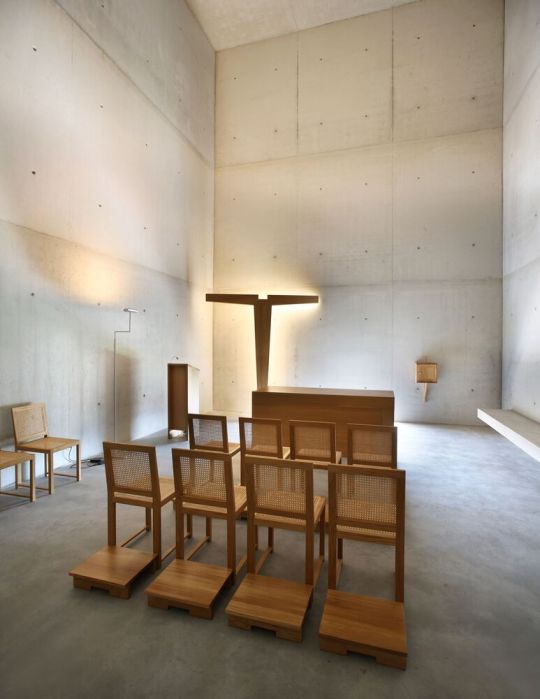
Chapel in Miljana, Croatia - Álvaro Siza
#Álvaro Siza#architecture#design#building#modern architecture#interiors#minimal#concrete#modern#contemporary#contemporary architecture#building design#chapel#church#sacred places#religious#religious architecture#modern church#stone#light and shadow#doorway#beautiful architecture#cool architecture#cool design#architecture blog#boxy#form#slope#landscape#croatia
76 notes
·
View notes
Text

458 notes
·
View notes
Text

You find strange things in these woods.
#trees#photography#mine#the south#ghosts#rocks#southern usa#southeast us#forest#rural south#rural america#rural#rural gothic#southern gothic#rituals#unexplained#paths#sacred places
28 notes
·
View notes
Text
My journey to one of the most sacred places. Part one.










#photoblog#мои фотографии#original photographers#original photography on tumblr#original photographers on tumblr#spiritual journey#sacred places
42 notes
·
View notes
Text

Haniwa figures are hollow earthenware funerary objects made during the Kofun period in Japan. As shown in this picture, they were not placed underground with the deceased but were placed on the open surfaces of the burial mound. (source: Seattle Art Museum)
Haniwa on a Kofun Burial Mound © photolibrary.jp
17 notes
·
View notes
Text
Archaeoacoustics: The Archaeology of Sound

Archaeoacoustics, a burgeoning field within archaeology, combines the study of ancient sites and artifacts with the science of sound. By examining how sound was used and experienced in historical contexts, researchers can gain unique insights into the lives, cultures, and environments of ancient peoples. This post will delve into the principles of archaeoacoustics, its methodologies, significant findings, and the implications of these discoveries for our understanding of history.
What is Archaeoacoustics?
Archaeoacoustics is the interdisciplinary study that merges archaeology, acoustics, and sometimes anthropology, to understand the role of sound in past human activities. This field investigates how ancient peoples produced, manipulated, and perceived sound, whether in rituals, communication, or daily life. By reconstructing these soundscapes, archaeoacoustics offers a sensory dimension to historical inquiry, enriching our interpretation of archaeological sites and artifacts.
Methodologies in Archaeoacoustics
Acoustic Measurements and Simulations
One of the primary methods in archaeoacoustics involves acoustic measurements and simulations. Researchers use modern technology to analyze the acoustics of ancient structures such as theaters, temples, and caves. Tools like sound level meters, directional microphones, and computer simulations help in understanding how sound behaves in these environments. By measuring reverberation times, frequency responses, and sound distribution, archaeologists can infer the acoustic properties and possible uses of these spaces.
Sound Mapping
Sound mapping is another critical technique, where the distribution of sound within a particular area is documented. This involves creating detailed maps that illustrate how sound travels and is experienced at different locations within a site. These maps can reveal areas of optimal acoustics that may have been used for specific activities, such as speech, music, or ritual practices.
Experimental Archaeology
Experimental archaeology also plays a role in archaeoacoustics. By recreating ancient instruments or sound-producing devices, researchers can explore how these tools might have been used and what kind of sounds they produced. This hands-on approach provides tangible insights into the auditory experiences of ancient peoples.
Significant Discoveries in Archaeoacoustics
The Acoustics of Stonehenge
One of the most fascinating studies in archaeoacoustics involves Stonehenge, the prehistoric monument in England. Researchers have used acoustic modeling to understand how sound would have behaved within this stone circle. Findings suggest that the stones could have amplified speech and musical sounds, creating an immersive auditory experience. This has led to speculation that Stonehenge may have been used for rituals or gatherings where sound played a crucial role.
The Hypogeum of Hal-Saflieni
The Hypogeum of Hal-Saflieni in Malta, an underground temple complex, is another site of interest. Acoustic studies have shown that certain chambers within the Hypogeum have unique resonance frequencies that enhance the human voice. This has led researchers to believe that the temple may have been designed with acoustic properties in mind, possibly for chanting or other vocal rituals.
Chavin de Huantar
At the ancient site of Chavin de Huantar in Peru, archaeoacoustics has revealed that the temple complex was built with sophisticated sound manipulation in mind. Researchers discovered that the architecture of the site, including its network of tunnels and chambers, could have been used to create disorienting and awe-inspiring auditory effects during religious ceremonies. The use of conch shell trumpets and other sound devices would have added to these effects, enhancing the spiritual and psychological impact on participants.
The Maya Pyramid of Kukulkan
At the Maya ceremonial center of Chichen Itza in Mexico, an incredible acoustic phenomenon can be heard at the Pyramid of Kukulkan. If you clap your hands directly in front of the pyramid's main staircase, it echoes back an almost mechanical bird-like chirping sound. Handclaps from different positions along the base of the staircase likewise trigger the echo, but with different musical tones spanning half an octave. Recordings of the hand-clap echoes match the chirp of the nearly extinct Quetzal, the sacred bird associated with both the name of the pyramid and its plumed serpent deity Kukulkan.
The Maya Ruins of Palenque
Archaeologists discovered that the temples and public squares in Palenque, Mexico could clearly project the sounds of a human speaker and musical instruments of the time across at least a hundred meters, or about the length of a football field. The investigation identified rooms that could have been used by musicians, speakers or priests to amplify the frequency, quality and volume of sound, allowing the music or the message to travel further and reach more people. The findings strongly suggest the design and structures at Palenque involved a great deal of knowledge about acoustics and the behavior of sound.
Implications and Insights
Understanding Rituals and Ceremonies
Archaeoacoustics provides valuable insights into the rituals and ceremonies of ancient cultures. By reconstructing the soundscapes of these events, researchers can better understand the sensory experiences of participants and the role of sound in these practices. This can shed light on the spiritual and cultural significance of sound in ancient societies.
Reinterpreting Archaeological Sites
The study of sound can lead to new interpretations of archaeological sites. Structures that were previously thought to serve purely functional purposes may be re-evaluated in light of their acoustic properties. For example, a room that was assumed to be a storage area might be reconsidered as a space for ritual chanting if it has unique acoustic characteristics.
Enhancing Public Engagement
Archaeoacoustics also has the potential to enhance public engagement with archaeology. By recreating the sounds of the past, museums and heritage sites can offer immersive experiences that bring history to life. This sensory approach can make historical sites more accessible and engaging for visitors, fostering a deeper connection with the past.
Conclusion
Archaeoacoustics offers a fascinating and innovative approach to the study of ancient cultures. By exploring the acoustic properties of archaeological sites and artifacts, researchers can uncover new dimensions of historical experience and gain deeper insights into the lives of ancient peoples. Despite its challenges, the field holds great promise for enhancing our understanding of the past and engaging the public with history in new and exciting ways. As technology advances and interdisciplinary collaboration continues, the future of archaeoacoustics looks both promising and intriguing, inviting us to listen to the echoes of history in ever more profound ways.
#consciousness#archaeology#acoustics#ancient cultures#sound waves#anthropology#music#ritual#sacred places
14 notes
·
View notes
Text

Absolution [Holy places are dark places [...] -C. S. Lewis] ph. Lunaladee
144 notes
·
View notes
Text




A week ago, I went to visit the archeological area of Selinunte located in Sicily. Inside the area, on the Gaggera Hill there are the remains of a sanctuary of Demeter Malophoros.
The place has an ancient open-air altar located in front of the main temple. A canal carved in the rock is located between the altar and the temple carrying water to the sanctuary from a nearby spring. Just past the canal is the Temple of Demeter itself in the form of a megaron lacking a crepidoma or columns, but equipped with a pronaos, naos and adyton with a niche in the back. South of the propylaea, attached to the wall of the enclosure, was another enclosure dedicated to Hecate.
In the northern area there was another enclosure dedicated to Zeus Meilichios and Pasikrateia (Persephone). A very large number of finds came from the Sanctuary of the Malophoros: carved reliefs of mythological scenes, votive figurines in terracotta, large bust-shaped censers depicting Demeter and perhaps Tanit, Corinthian pottery, a bass-relief depicting the Rape of Persephone by Hades and the most ancient statue of Hecate ever found.
It was such a magical experience to visit this ancient and sacred place dedicated to the goddesses I am devoted to.
#paganism#hellenic polytheism#witchcraft#demeter and kore#hecate#selinunte#archaeology#pagan witch#greek temple#history#persephone#sacred places#my pics#sacred space#ancient greece#italianwitch#strega
7 notes
·
View notes
Text

sacrēd stōnēs .:. .:. .:.
website | source via @earthjournalbyawildrose
#spiral#spirals#stones#stone henge#stone#sacred art#sacred places#sacred#sacred geometry#art#landscape photography#underwater photography#art photography#photooftheday#nature photography#photoblog#photography#natureconnection#nature blog#art in nature#naturecore#nature artist#nature art#spirituality#nature#earth#earthchild#earth signs#earth energy#mother earth
18 notes
·
View notes
Text
To encounter the sacred is to be alive at the deepest center of human existence. Sacred places are the truest definitions of the earth; they stand for the earth immediately and forever; they are its flags and shields. If you would know the earth for what it really is, learn it through its sacred places. At Devil’s Tower or Canyon de Chelly or the Cahokia Mounds, you touch the pulse of the living planet; you feel its breath upon you. You become one with a spirit that pervades geologic time and space.
N. Scott Momaday
#book quotes#native american#Native American quotes#mythic#literature#books and libraries#sacred places#n. Scott momeday
25 notes
·
View notes
Text
The Power Of Ley Lines
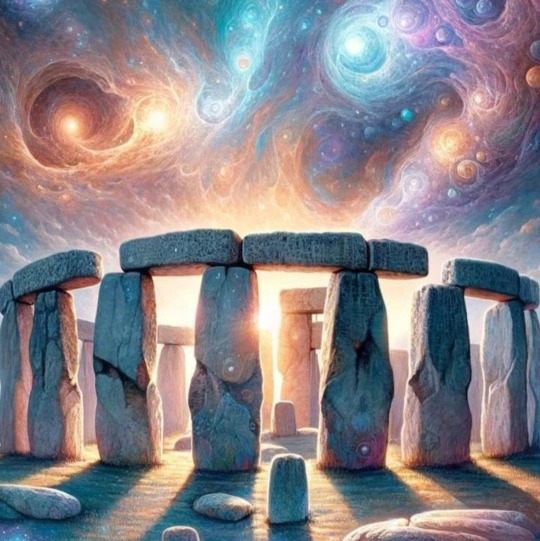
Ley lines are straight lines or tracks, essentially energy grids that stretch across the earth in every direction. The ancients marked these lines with stone monuments and pagan temples. Our ancient ancestors could feel the magick and power emanating from these lines, so they set up natural sanctuaries and called the intersections of the ley lines sacred places.
If we look at some of the world's most important sites on a map, we can draw straight lines between them. These lines form a grid-like pattern across the entire surface of the planet. Stonehenge, the Great Pyramids of Giza, and Machu Pichu are sacred sites the connect, through the lines, with many other sites, including landmarks like Mt. Everest.
You won't find the ley lines on a typical geographical map or in a history book. They are mostly a topic in occult books or folklore. The contemporary concept was developed by Alfred Watkins in 1921, who believed so strongly in ley lines that he organized a group, that gathered in England and walked the countryside in search of them.

Faerie Paths and Corpse Roads
Spirits often travel the earth along ley lines. In England and throughout Europe there is a concept referred to as a 'corpse road'. A corpse road was a path taken by funerary processions to escort the recently deceased to their final resting place. Terrifying stories are told of supernatural creatures on corpse trails that, more often than not, correspond with ley lines.
Faeries, also known as the Fae, the Fair Folk, or the Sidhe, are known to travel along specified paths as well. There are many stories from Ireland and the British Isles that describe Faerie pathways leading into hills or over Fae bridges. These paths also follow ley lines. People are warned not to ever travel a Fae path during twilight hours (dawn or dusk) or at night, for fear the Faeries would steal them away.
The Importance of Ley Lines Today
Though the concept has ancient roots, ley lines are just as relevant in modern practice and very much affect us. The planet is like a living being, in and of itself. It produces energetic vibrations that we can both feel and interact with, if the conditions are right. The ley lines are like earth's veins; sacred sites where the planet allows us to easily tap into her essence.
Of you feel particularly revitalized after visiting your secret hiking spot, swimming in a body of water, or digging your toes into a patch of dirt or moss, then you know a taste of the potency that comes with being near a ley line.

The Affects of Ley Lines
• If your home is on a ley line, it may make thr energy more intense or chaotic.
• You may not be able to relax and sleeping may be difficult.
• You may experience increased paranormal activity, including apparitions, disembodied voices, and encounters with spirits, Faeries, or elementals.
• If your business is on a ley line, you will most likely notice an increase in energy, positive or negative. Your business may be considered haunted.
• When ley lines intersect, any building located on the intersection will have a constant flow of energy. This will cause supernatural occurrences and regular chaos.
• At ancient/sacred sites on ley lines, you will experience spiritual development, enlightenment, awakenings, visions, feelings of peace, messages from beyond or spiritual downloads.
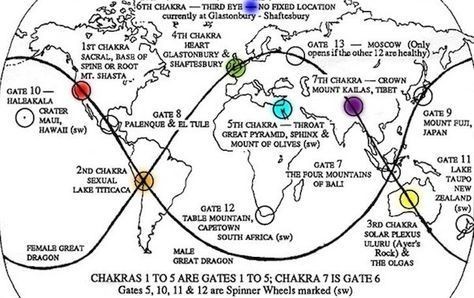
Discovering Nearby Ley Lines
Finding your local ley lines is easier than one wound expect. Think of any historical landmarks in your area. Native, ancient, and pagan landmarks are excellent starting points, as are caves, rivers/creeks, manmade mounds, burial grounds, etc. The ancient natives were very in tune with nature and knew the lines intimately.
In addition, consider local sites with well-known hauntings, supernatural activity, or legends attached to them. Locations with high paranormal activity are most often on or near a ley line. For example, Gettysburg PA, Washington DC, and further, every state capital are located on ley lines.
Locating a Ley Line
After investigating your local sites and finding possible line spots, it's time to make the journey to confirm it in person. This is a sacred journey and you should prepare as such. Cleanse yourself before traveling to any sacred place so you can be as spiritually pure as possible. This will make the energy from the lines easier to sense. It's also a wise idea to bring along a pendulum or dowsing rods. Once there, be open to any sensation. You may feel nervous or excited.
You can dowse and find which areas have the highest energetic charge, test each place with the pendulum/rods, if they spin or swing vigorously, you are very close to the ley line.

Ley Line Magick
In addition to being excellent places for spirit work and necromancy, the energy of the lines can be harnessed to super charge manifestation. Enlightenment is primary. It should go without saying that visiting a ley line give you divine insight, spiritual downloads, and/or a total spiritual awakening.
Healing is another prominent form of magick performed at ley lines. While there, ask the earth and the spirits to send healing vibrations up through your feet and throughout your entire being. Stand still for a while and feel the healing energy pulse through your body. Few sensations match this potent connection.
Other forms of ley line magick include drawing love, abundance, meditation, grounding, cleansing, and charging. You can perform entire rituals on top of ley lines to add primal power to the working and drastically increase the success rate of your spell.
Ley Lines in the US
• Montana Megaliths, MT
• Pryor Mountains, MT
• Bighorn Medicine Wheel, NY
• Sedona, AZ
• Serpent Mound, OH
• Mount Shasta, CA
• Mount Denali, AK
• Tocobaga Indian Mound, FL
• Uinta Basin, UT
• Chicago, IL (Lake Michigan)
• Yellowstone National Park, WI
• Pine Barrens, NJ

#ley lines#sacred#sacred places#sacred space#magick#witchcraft#manifesation#witch#spiritual journey#spiritual awakening#hiking#nature#nature witch#eclectic#pagan#witchblr#witch community#haunted#haunting#historical sites#history
35 notes
·
View notes
Text
京都大原の宝泉院
額縁庭園がとても美しい
youtube
#japan#japan travel#nature#aesthetic#kyoto travel#kyoto#japan garden#sacred places#autumn#beutiful place#autumn leaves#Youtube
4 notes
·
View notes
Photo

[SACRED PLACES]
* * * *
“I talked about places, about the ways that we often talk about love of place, by which we mean our love for places, but seldom of how the places love us back, of what they give us. They give us community, something to return to, and offer a familiarity that allows some portion of our own lives to remain connected and coherent. The give us an expansive scale in which our troubles are set into context, in which the largeness of the world is a balm to loss, trouble, and ugliness. And distant places give us refuge in territories where our own histories aren't so deeply entrenched and we can imagine other stories, other selves, or just drink up quiet and respite.”
― Rebecca Solnit, The Faraway Nearby
26 notes
·
View notes